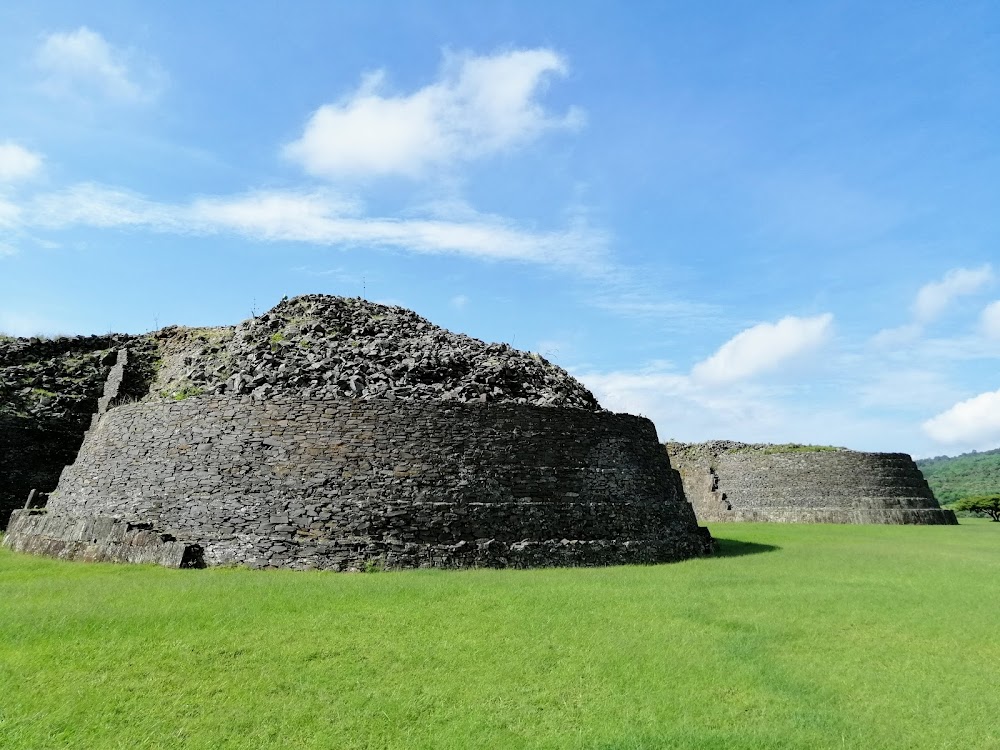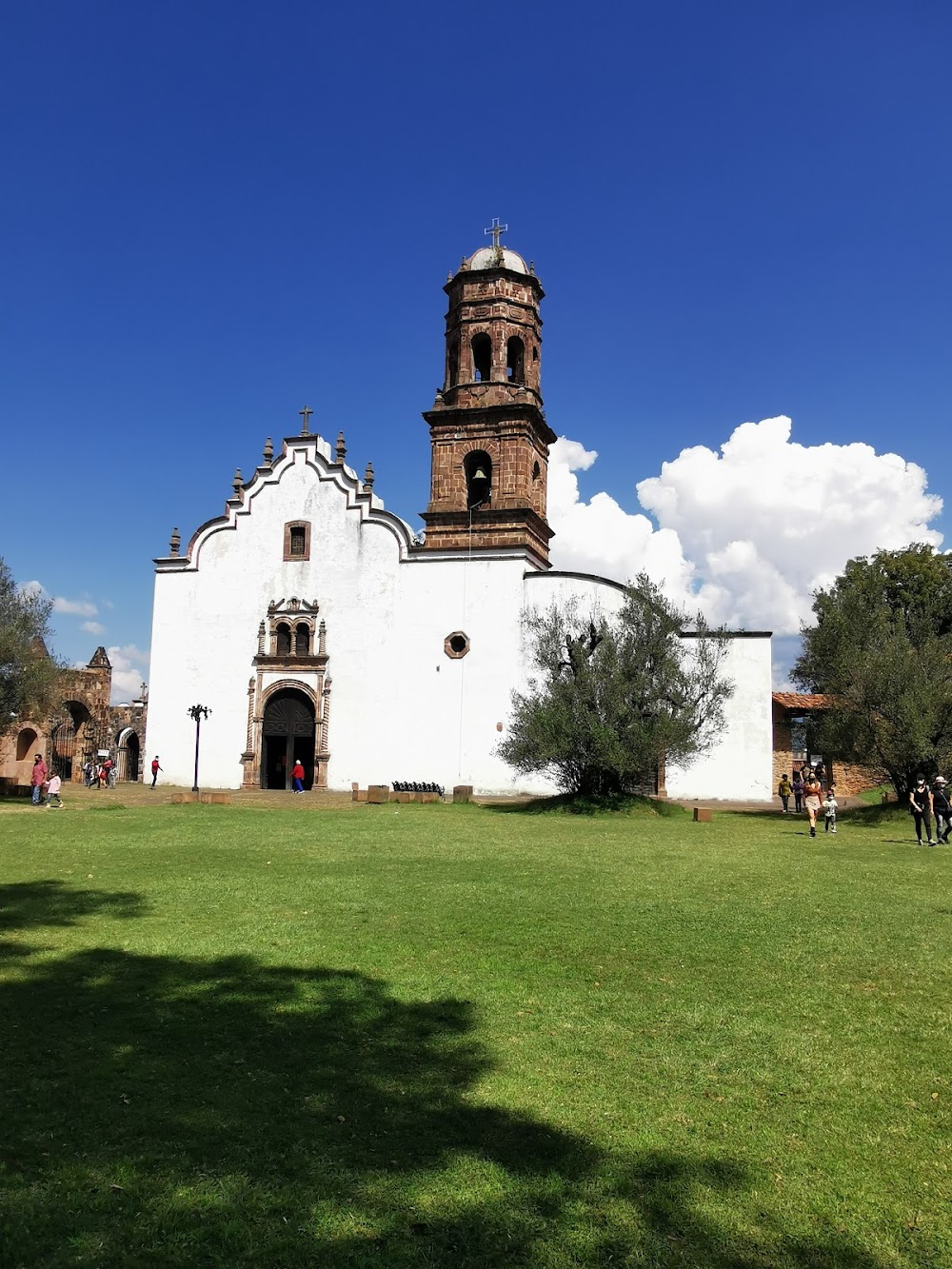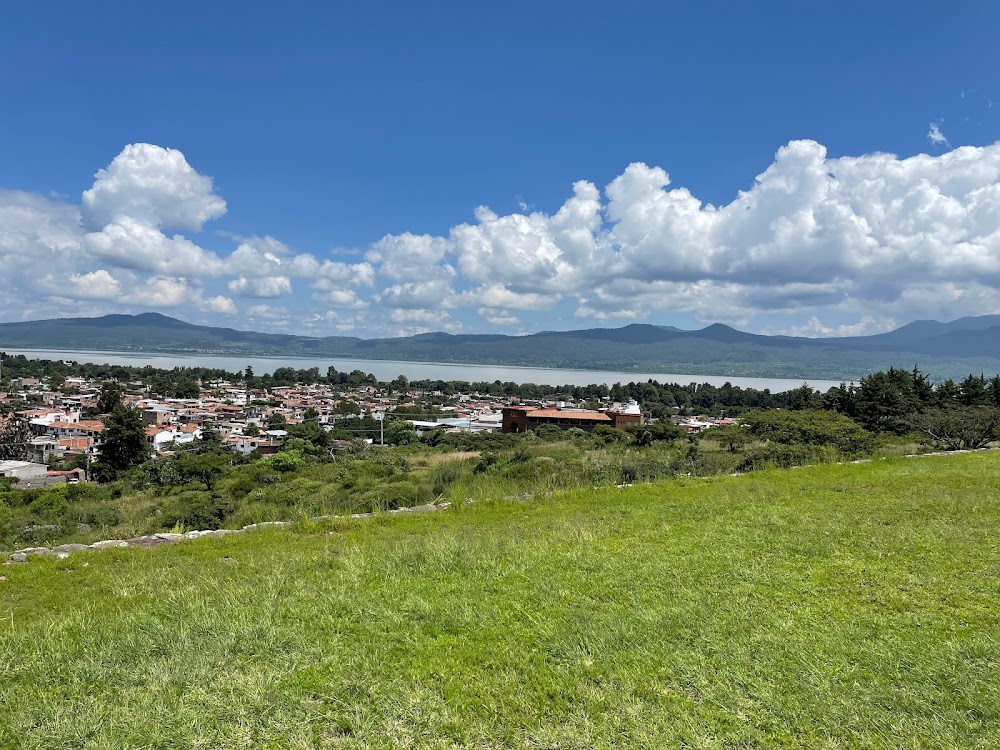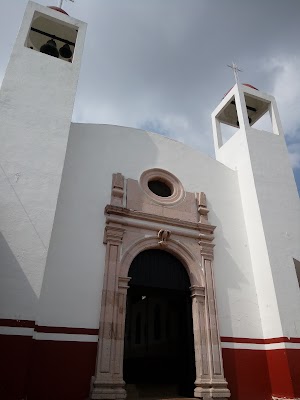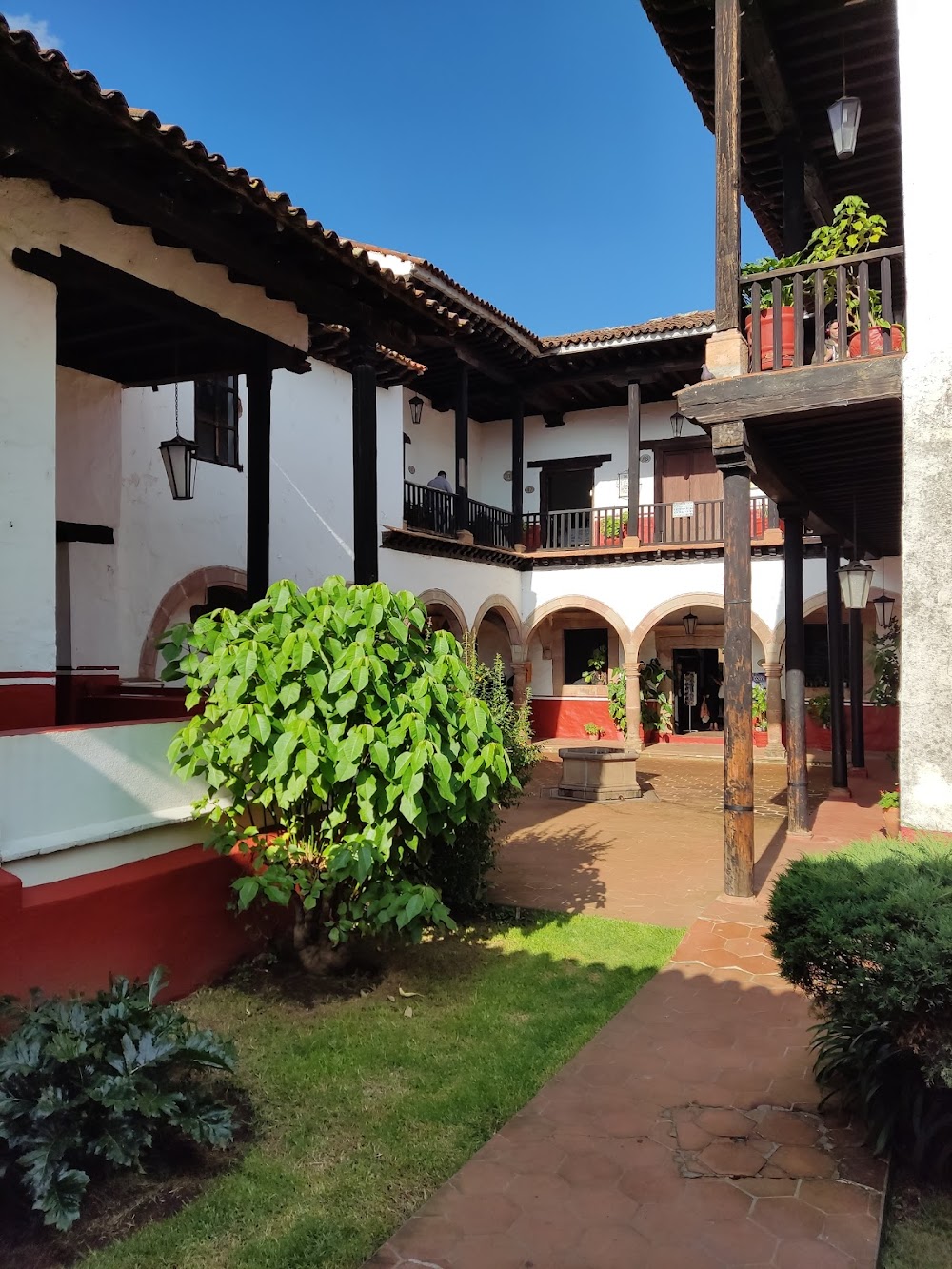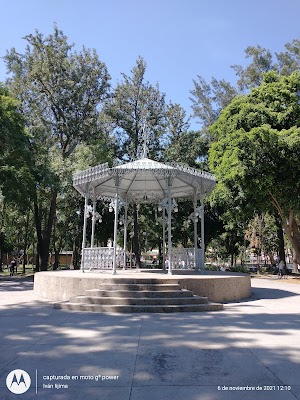Tzintzuntzan Archaeological Zone (Zona Arqueológica de Tzintzuntzan)
Overview
Tzintzuntzan Archaeological Zone is a remarkable historical site nestled in Michoacán de Ocampo, Mexico. Once the capital of the Purépecha Empire, this indigenous civilization flourished long before the arrival of Spanish explorers. The name "Tzintzuntzan," meaning "place of the hummingbirds," beautifully captures the area's vibrant natural environment and cultural significance.
What truly sets Tzintzuntzan apart are its distinctive architectural features, particularly the Yácatas. These large, circular pyramids, constructed from stone, served as platforms for the Purépecha to build their temples and conduct various rituals. There are five main Yácatas, each varying in size yet unified by their circular design, all overlooking the serene waters of Lake Pátzcuaro.
Constructing these Yácatas was no small feat. The Purépecha sourced stones from the nearby mountains, transporting them manually without the aid of draft animals or wheeled vehicles. Each stone was meticulously placed, with smaller rocks and clay used to fill any gaps, ensuring the structures' stability. This labor-intensive process showcased the community's exceptional skill and organizational capabilities.
The layout of the site reveals a thoughtfully planned city, complete with residential areas, plazas, and terraces. These spaces were interconnected by a network of stone pathways, illustrating the architectural ingenuity of the Purépecha. Artifacts found throughout the site, including finely crafted pottery and metalwork, further highlight their rich cultural practices.
At its peak during the 14th and 15th centuries, Tzintzuntzan was a bustling economic and religious center. As the political heart of the Purépecha Empire, it thrived as a hub for trade, connecting it to other Mesoamerican civilizations. Notably, the Purépecha people were recognized for their remarkable resistance against the expansion of the Aztecs, successfully keeping them at bay.
The arrival of the Spanish in the 16th century marked a significant turning point for Tzintzuntzan. The Spanish conquest led to the dismantling of many temples to construct a church and monastery from the very stones of the Yácatas. Despite this, the impressive Yácatas and several other structures endured, offering a fascinating glimpse into the grandeur of Purépecha architecture.
Today, the Tzintzuntzan Archaeological Zone is a protected heritage site, inviting visitors to stroll among the ancient Yácatas and envision the vibrant life that once animated this city. The striking contrast between the archaeological remnants and the stunning natural landscape provides a unique blend of historical and cultural experience.
Researchers continue to delve into the mysteries of Tzintzuntzan, uncovering new insights about the Purépecha civilization. These discoveries enrich our understanding of the complexities of their society and their invaluable contributions to Mesoamerican history.


